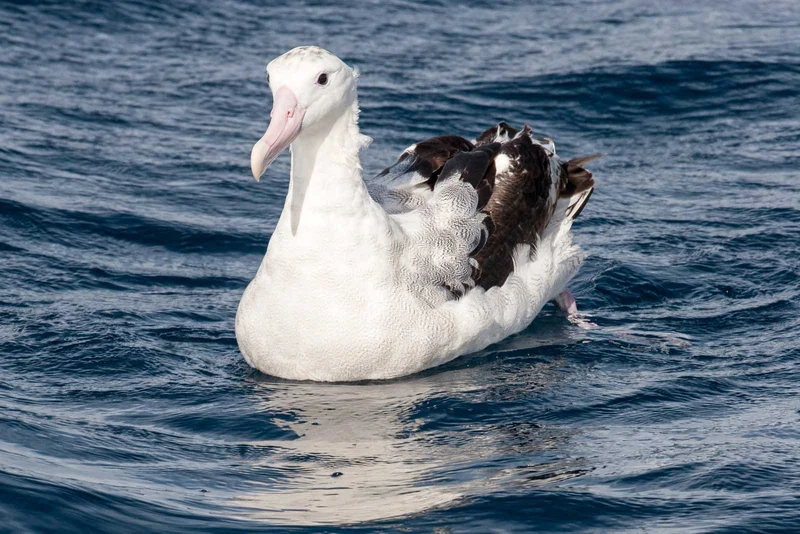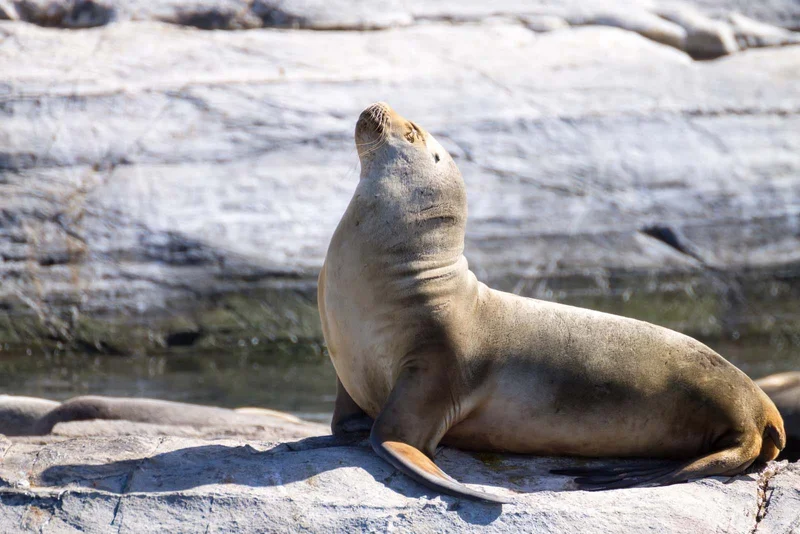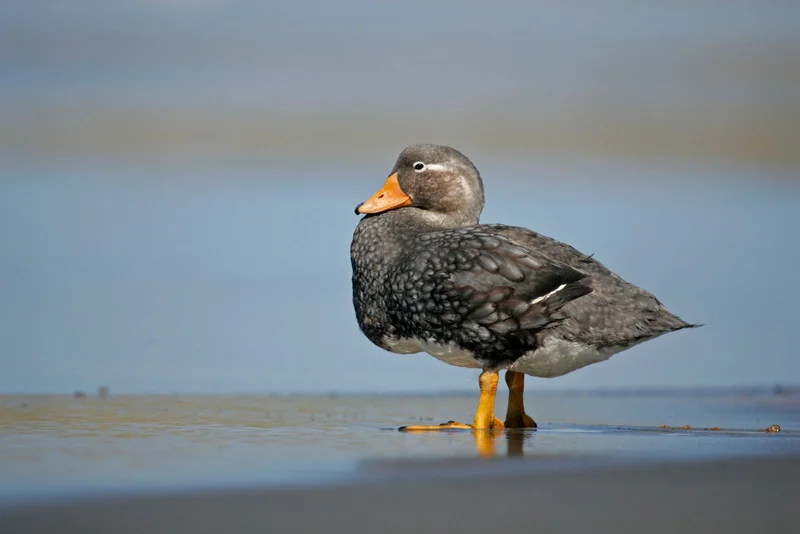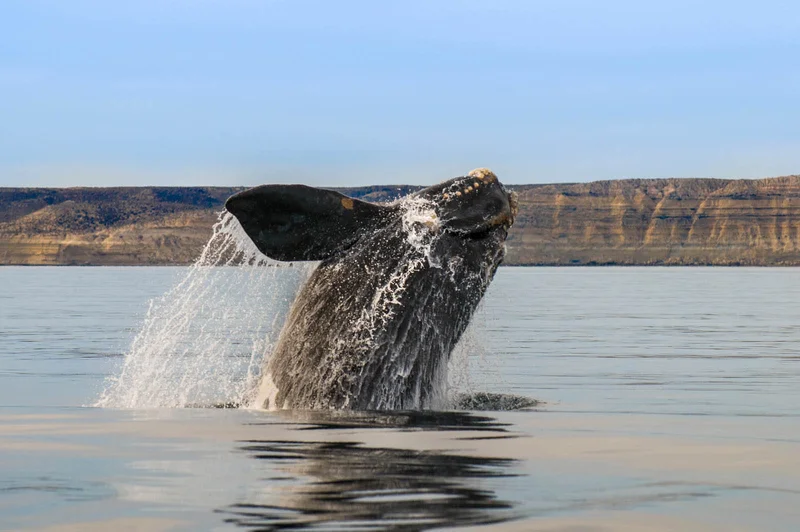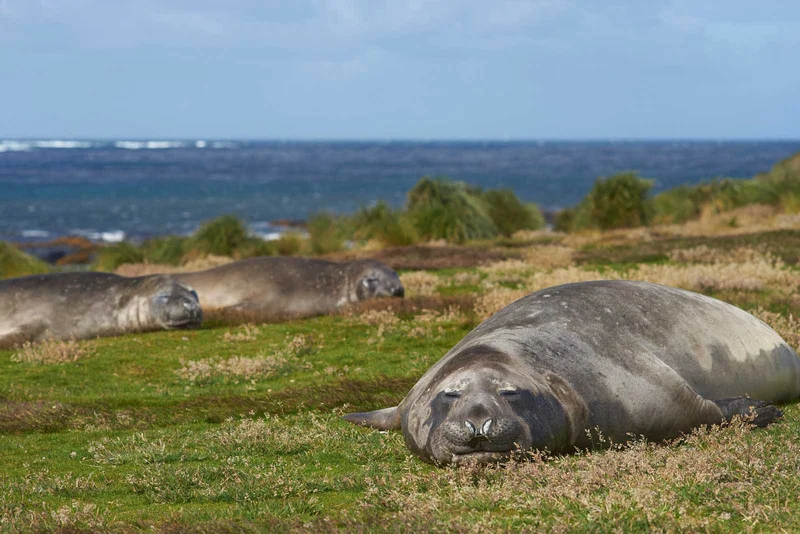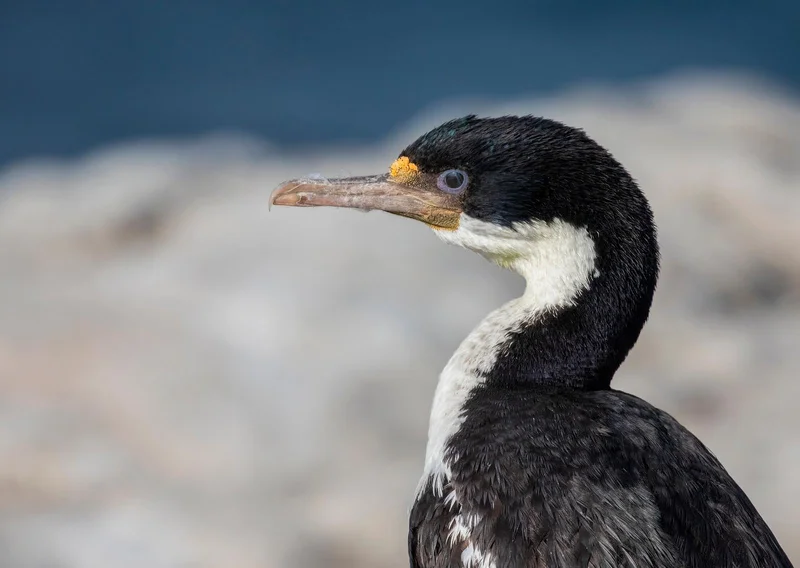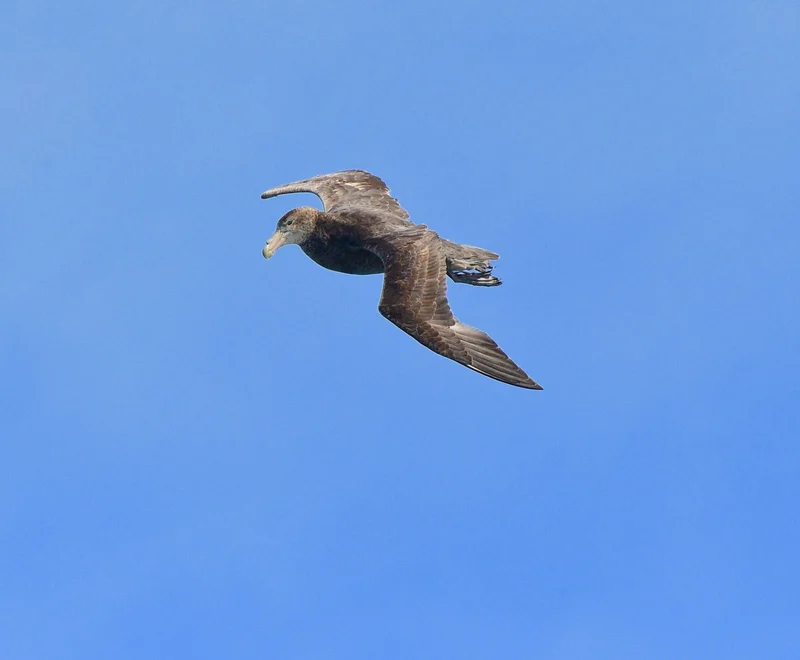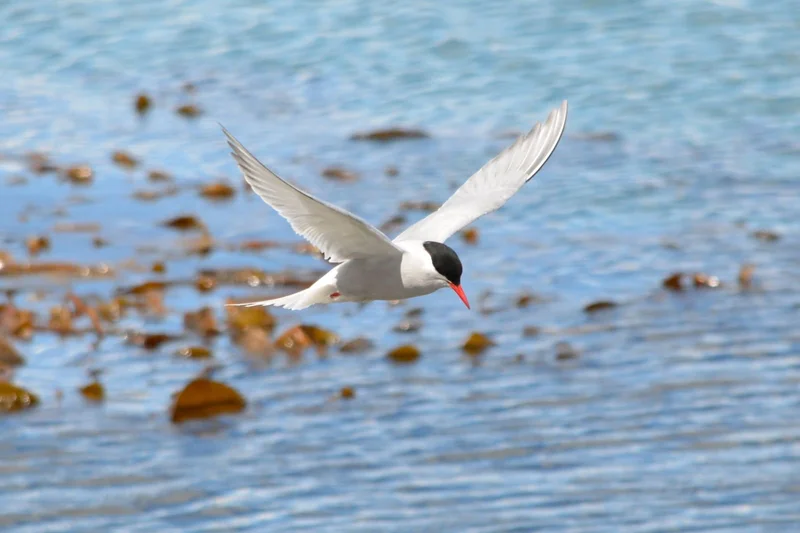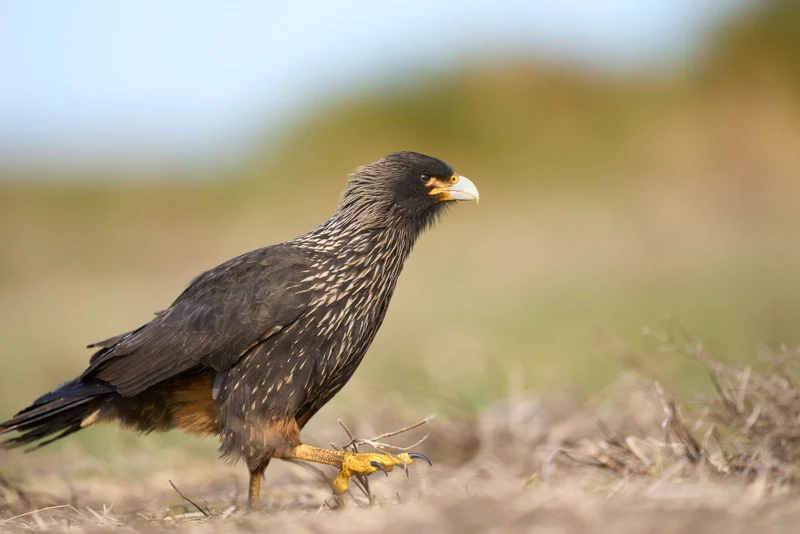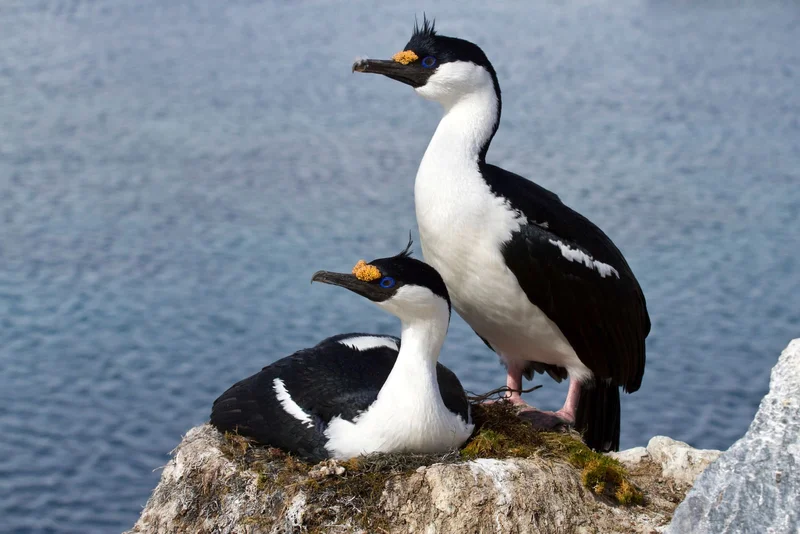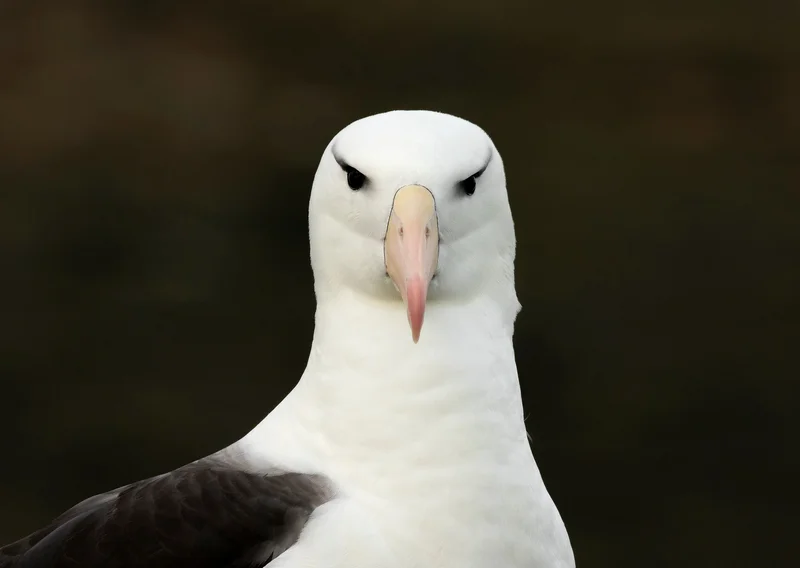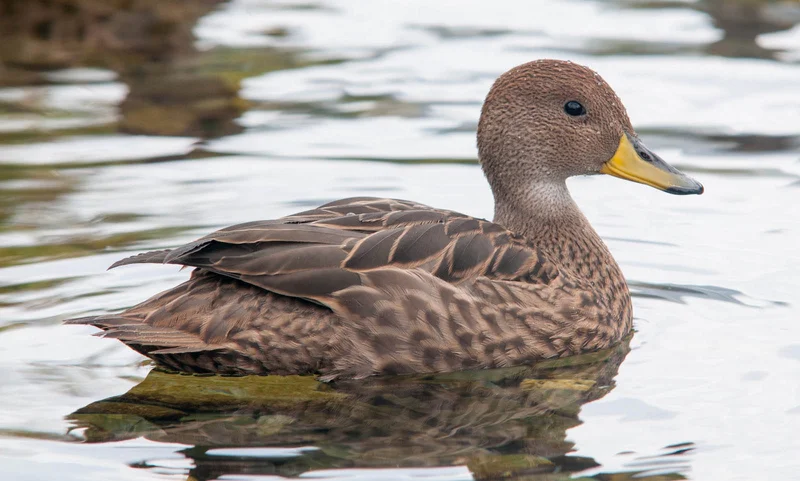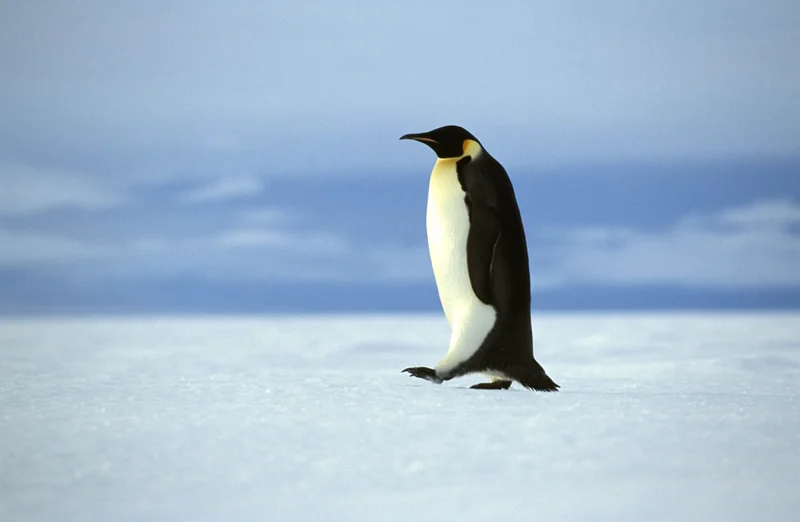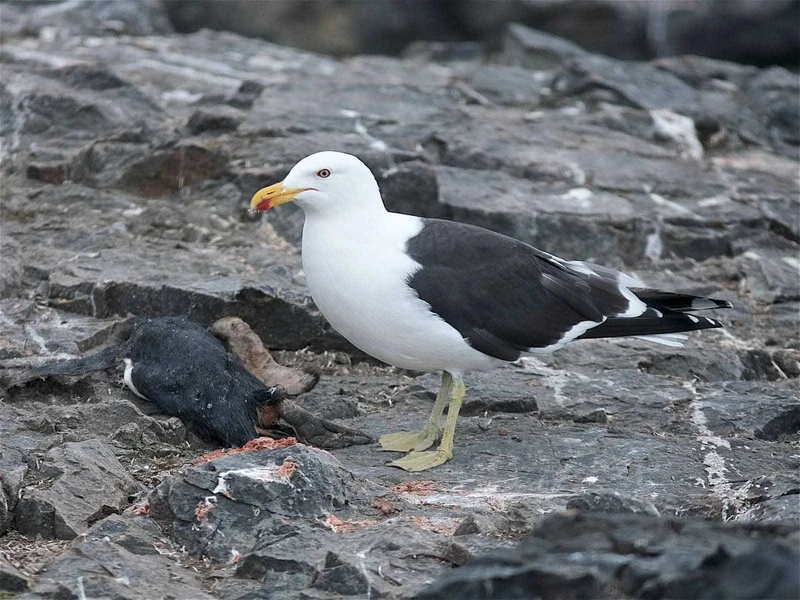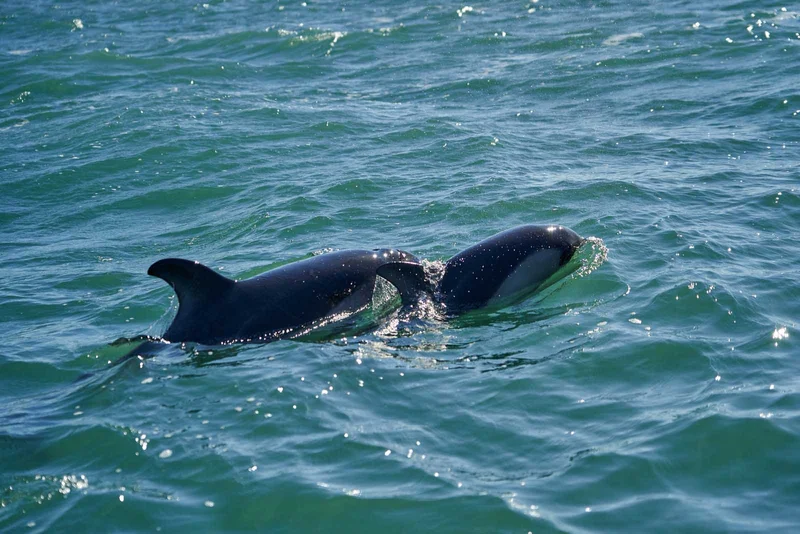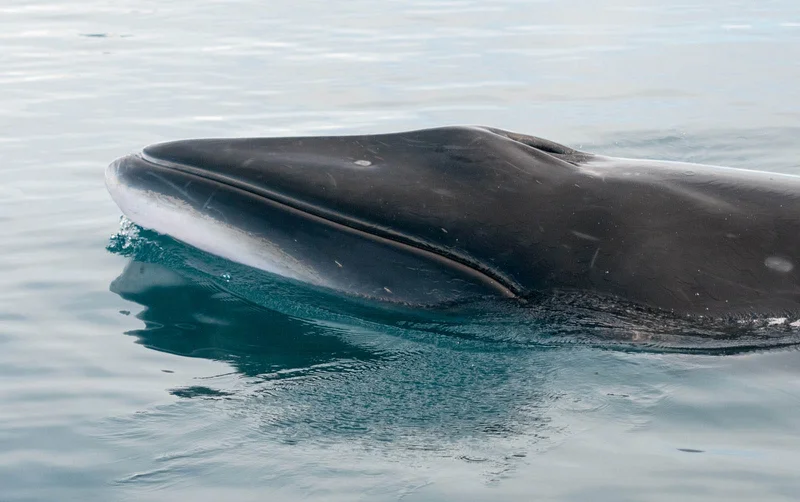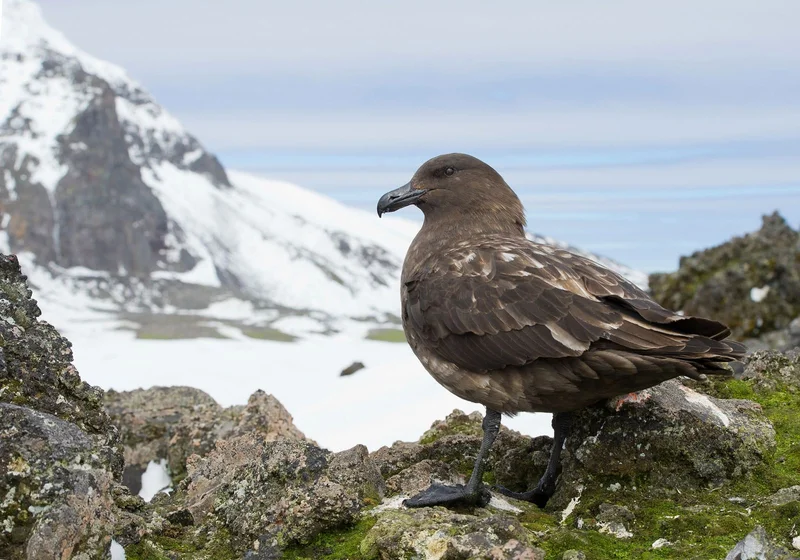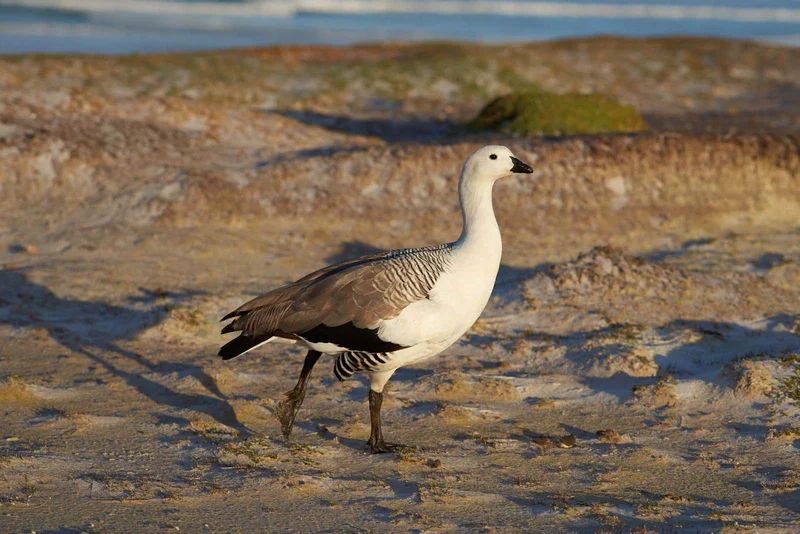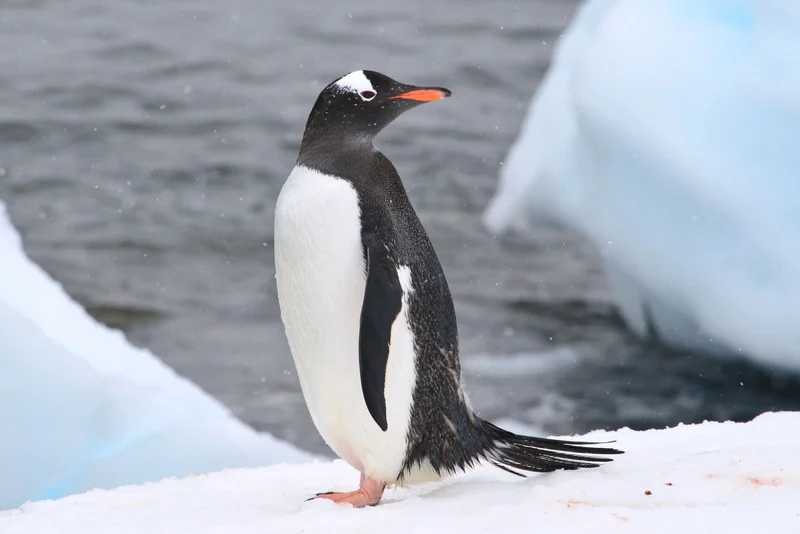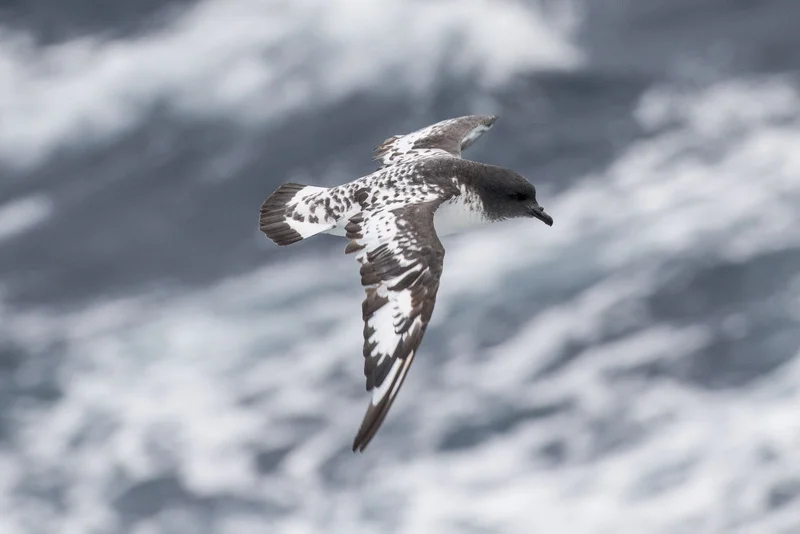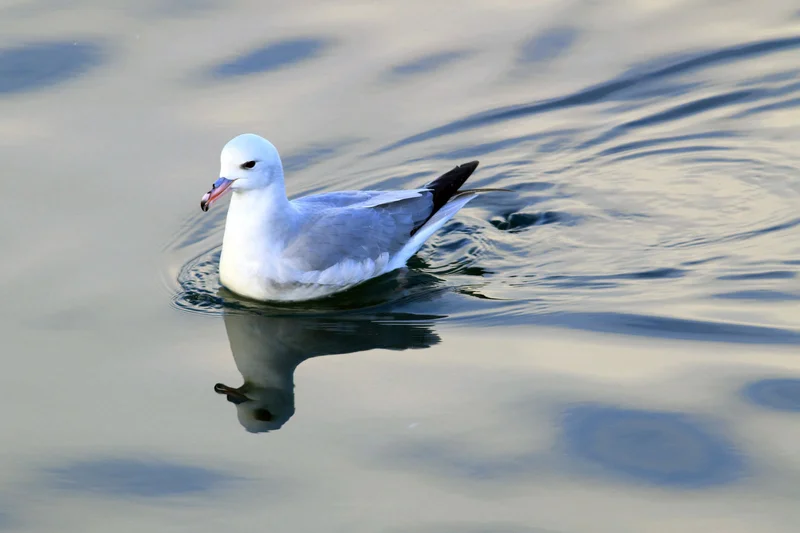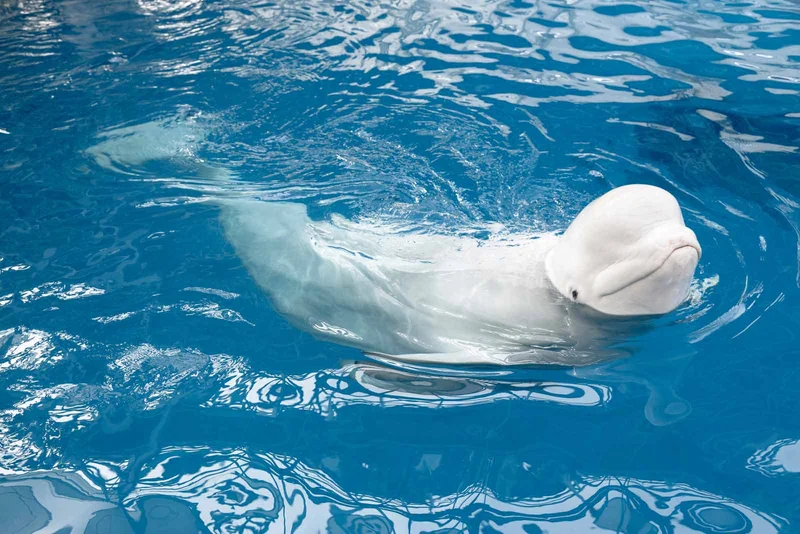Essential Weddell Seal Information
Weddell Seals are among the largest Antarctic seal species, growing up to 3.3 meters (11 feet) in length and weighing as much as 590 kg (1,300 lbs). Named after British sealer James Weddell, they are abundant with a population thought to exceed one million, second only to crabeater seals. Unlike some species, female Weddell Seals are larger than males.
Physical Characteristics and Behavior
Weddell Seals are unique in that males’ teeth wear down more quickly due to scraping ice to keep breathing holes open, which affects their lifespan and hunting abilities. These seals are often seen lying on their sides when hauled out on land, especially near Antarctic beaches where they are relaxed around humans. In the harsh winter, they stay in the water to avoid freezing conditions, constantly maintaining their breathing holes.
Habitat and Breeding
These seals prefer ice-covered areas for breeding and are closely monitored due to the potential impact of climate change on their icy habitats. The breeding season begins in early September, with females giving birth to pups. Mating occurs underwater, making it difficult to observe. The pups are weaned by late November when females mate again.
Diving and Feeding
Weddell Seals are known for their exceptional diving abilities, diving as deep as 2,000 feet and staying underwater for up to an hour. They primarily feed on Antarctic cod but also consume squid, prawns, and bottom-dwelling crustaceans. While they occasionally hunt penguins, this is not a major part of their diet.
Conservation Concerns
The Weddell Seal population has recovered since the end of commercial hunting, but concerns remain about the long-term effects of climate change. As a species that relies heavily on ice for breeding and habitat, diminishing polar ice poses a significant threat to their future.
Interesting Facts
- Deep Divers: Weddell Seals can dive as deep as 2,000 feet for up to an hour.
- Ice-Dependent: They rely on sea ice for breeding and survival, making them vulnerable to climate change.
- Tooth Wear: Male seals’ teeth wear down faster due to scraping ice, affecting their ability to hunt as they age.


